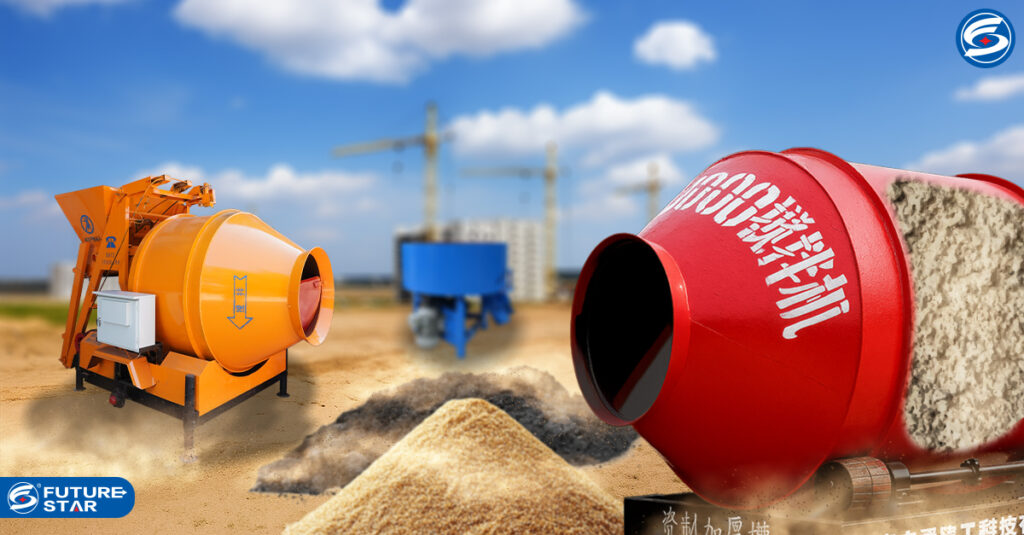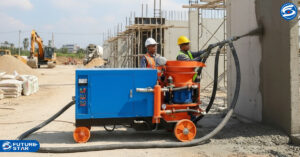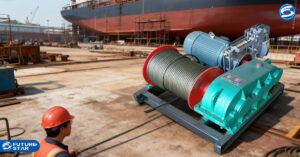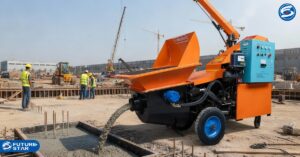In the world of construction, we will never be separated from the need for concrete. Concrete is one of the most important parts of a building. Therefore, making concrete will take time in this case. Why this is so, let us discuss in this article.
As for some of the materials contained in concrete, including cement Portland, fine aggregate, coarse aggregate, water, pozzolan, and air. The term Portland cement was first used in the early 19th century in England. This is because the product resembles the building stone from the island of Portland off the coast of England.
A. Concrete Materials:
- The development of chemical admixtures has revolutionized concrete technology in the last fifty years. The use of admixtures that resist air, accelerators, retarders, water reducers, and corrosion inhibitors usually used for bridges. The use of self-compacting concrete is gaining ground (some are used for precast elements). Shrinkage-reducing admixtures are rarely used for bridges. Additional cementitious materials such as fly ash, granulated blast furnace slag and silica fume are routinely used.
B. Workability of Concrete:
- The workability of fresh concrete depends on its rheological properties. Behavior rheology This is determined by two characteristics of concrete, namely yield stress and plastic viscosity. Yield stress is the effort required to initiate movement of fresh concrete, and correlates well with slump. Plastic viscosity is the flow characteristic of concrete as it moves. And also when the concrete has low stiffness, it can be determined with various rheometers currently available.
- In the process of construction activities, concrete will become hard and secondly, concrete will crack. Cracking is a frequent cause of complaint in the concrete industry. Cracking can result from any one or a combination of factors such as shrinkage. Such as due to drying, thermal contraction, restraint (external or internal) against shortening, subgrade settlement, and applied loads.








